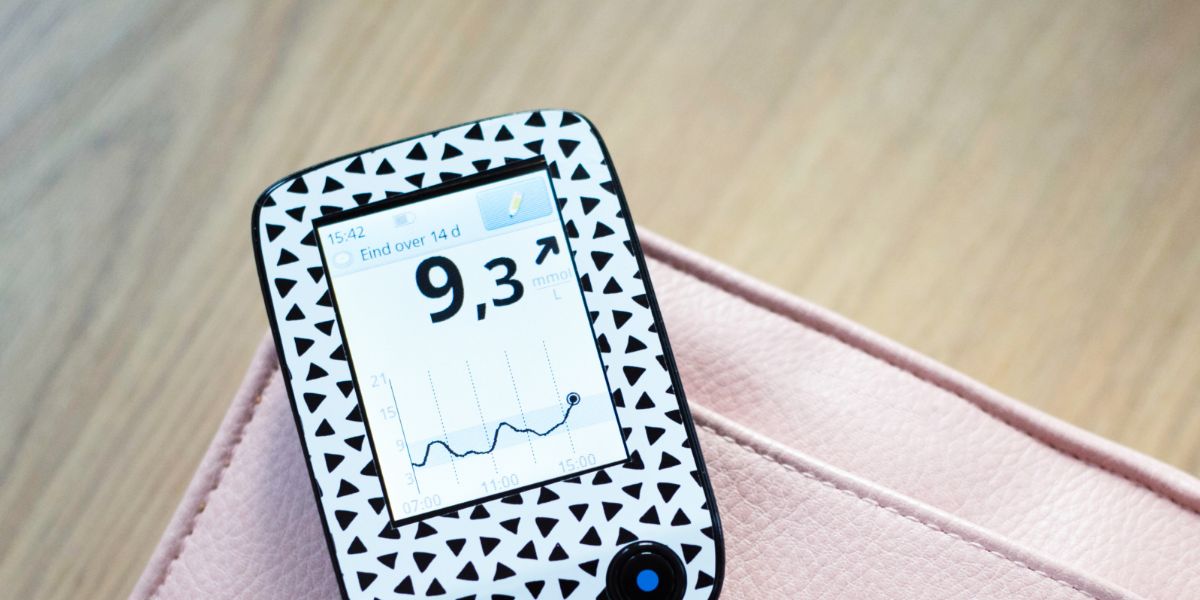The Somogyi phenomenon (also known as post-hypoglycemic hyperglycemia, chronic Somogyi rebound) describes a rebound high blood glucose level in response to low blood glucose.
Amongst those people with diabetes who manage their blood glucose using insulin injections , this may take the form of high blood sugar in the morning due to an excess amount of insulin during the night.
The Somogyi effect is controversial despite being widely reported.
Why is rebound hyperglycemia called The Somogyi effect?
The Somogyi phenomenon was named after a Hungarian-born professor called Dr. Michael Somogyi.
He prepared the first insulin treatment given to a child with diabetes in the USA, and also showed that too much insulin would make diabetes management unstable and more difficult.
Is Somogyi Phenomenon the same as Dawn Phenomenon?
No, although they are often confused by healthcare professionals.
The Dawn Effect (or Dawn Phenomenon) is a morning rise in blood sugar which occurs as a response to waning levels of insulin and a surge in growth hormones.
How does Somogyi Phenomenon occur?
Somogyi theorised that prolonged levels of untreated hypoglycemia could lead to stress (due to low blood sugar) and a high blood sugar levels rebound.
This is a defensive response by the body as it released endocrine hormone glucagon, backed up by the stress hormones cortisol and epinephrine.
This means an instant increase in blood glucose, and stress hormones cause insulin resistance for several hours, and this in turn leads to elevated blood sugar.
How do I avoid Somogyi rebound?
Somogyi phenomenom is avoidable in several ways. Firstly, intense blood glucose testing allows the individual experiencing Somogyi effect to detect and then prevent the circumstances leading to it.
Testing blood sugar regularly using a traditional blood glucose meter helps to catch low blood sugar levels before any rebound occurs.
Night testing of blood glucose levels is also important, and adjusting insulin in response may also be appropriate.
Somogyi rebound can be a challenge to avoid. The need to keep blood sugar levels stable whilst still adjusting insulin to take account of a complex lifestyle involving stress and exercise can be really difficult.
Practical ways to avoid Somogyi effect include regular blood glucose monitoring, logging blood glucose values , conservatively increasing insulin, being aware of hypoglycemia and how your insulin influences it, and using the most suitable insulin for your circumstances.
Does the Somogyi phenomena only occur during the night?
Sometimes the Somogyi rebound will occur when the person with diabetes is awake.
They may notice initial symptoms of low blood sugar or a rebound.
Waking up during the night is a clear symptom of the Somogyi effect.
The evidence indicates that most people with type 1 diabetes who experience nocturnal Somogyi effect do not usually wake up.
Why is the Somogyi Phenomena controversial?
At this stage, although the Somogyi Effect is widely reported and well-known amongst healthcare professionals , there is little scientific evidence to prove its existence.
Clinical studies indicate that high fasting glucose is down to insulin running out during the night. Somogyi theory is not assured and may be refuted.




